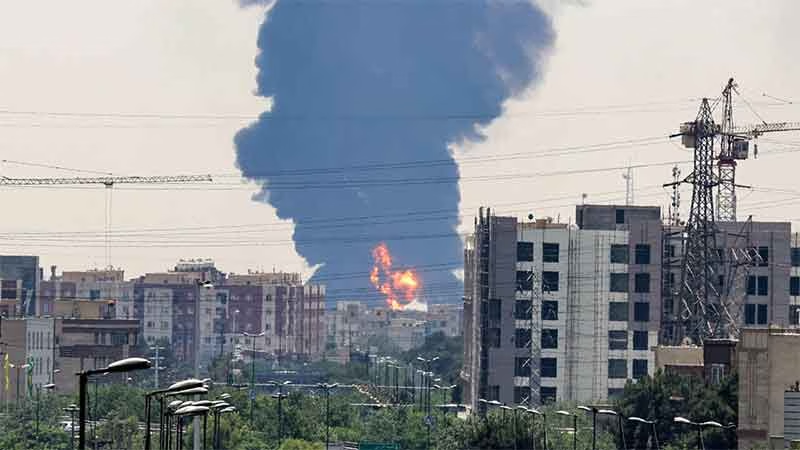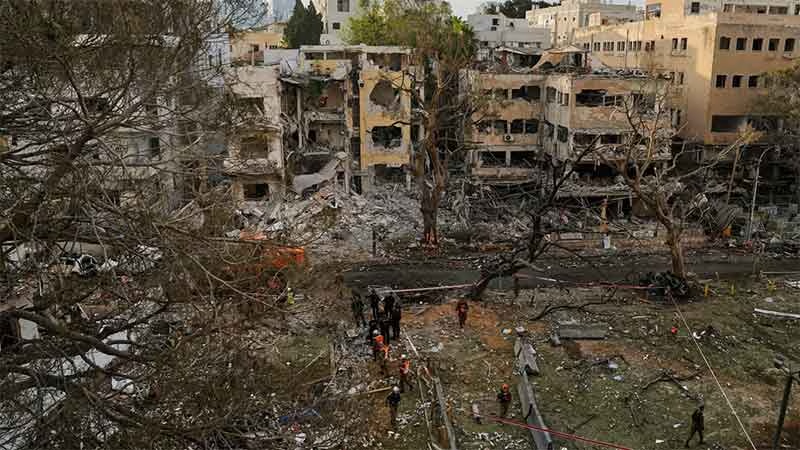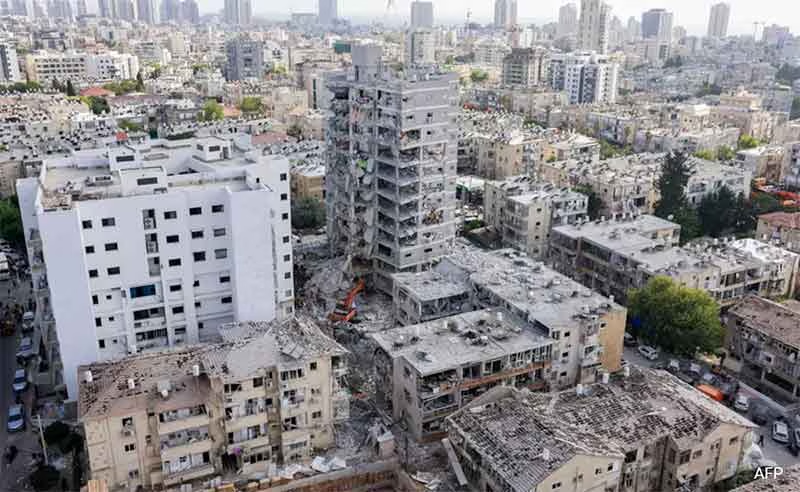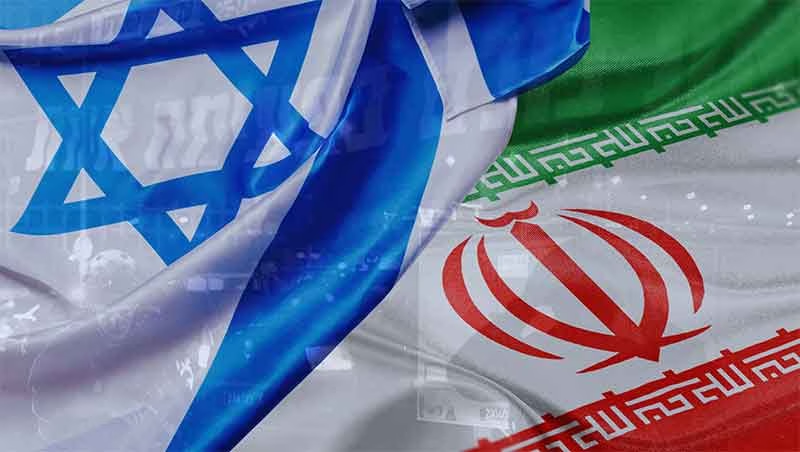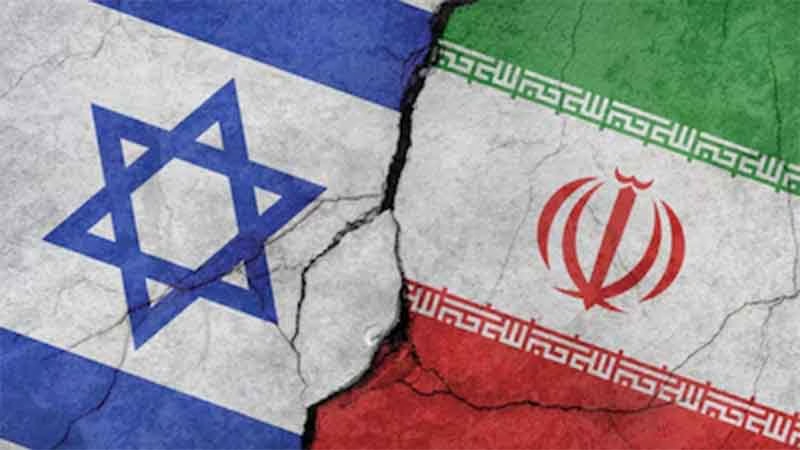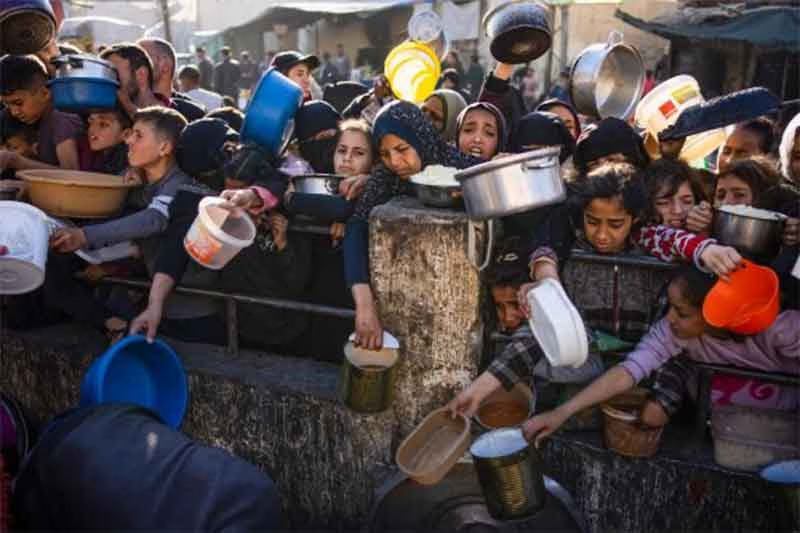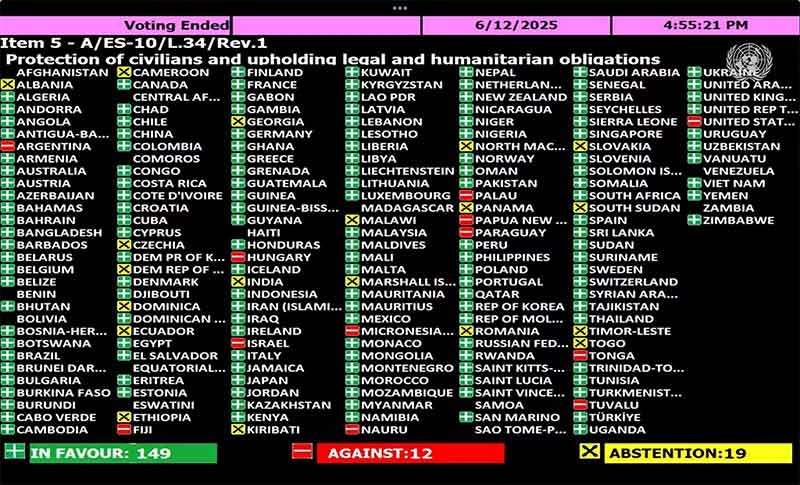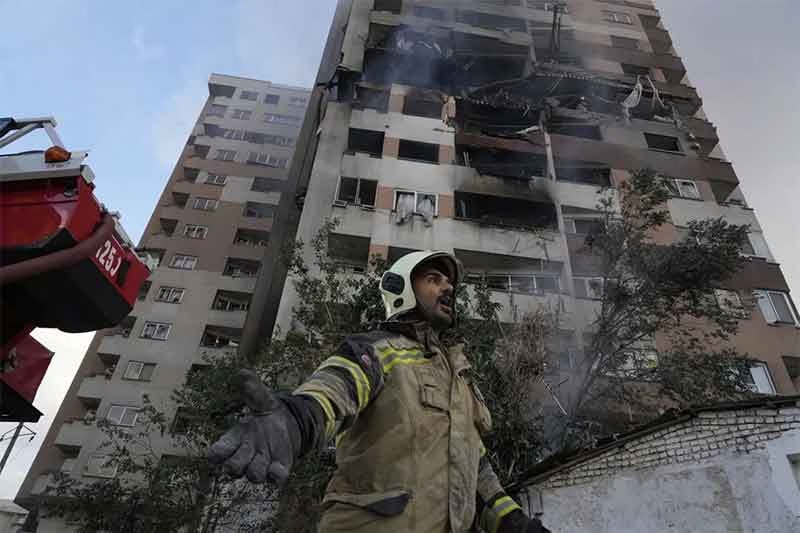
India has grown into a global powerhouse. Its economy is soaring but the picture on the ground is still quite arid. The green shoots that you see are only a patch of its landscape. Most Indians are hapless victims of inequity. India is one country where intense poverty abounds in the shadow of immense wealth.
The Indian economy is projected to be the fastest growing major economy in the world in 2019-20, ahead of China, according to the International Monetary Fund (IMF). the Per capita national income has risen from Rs 86,647 in 2014-15 to Rs 1,12,835 in 2017-18. Furthermore, improved telecommunications, the emerging fintech boom, seamlessly connected global markets, universalisation of information through Internet and innovations in financialservices have all opened up opportunities for the common man like never before. It is, therefore, imperative that absence of demand and supply of financial services — to all strata of society — does not act as an impediment to the country’s growth.
Inequality and exclusion are two of the most pressing challenges facing the world today. In recent years, policy-makers have realised that development will be uneven and not wholesome if we do not address the problem of exclusion in a big way. Inclusive growth is necessary to ensure that the benefits of a growing economy extend to all segments of society.
Access to and integration of every individual into the formal economy by providing opportunities to use his/her potential to improve upon their well-being is essential for the building of a prosperous and stable economy. Inclusive growth is widely recognised as having four mutually supporting pillars — an employment-led growth strategy, financial inclusion, investment in human development priorities and high-impact multi-dimensional interventions
It is now accepted wisdom that a key ingredient of inclusive growth is financial inclusion. Inclusive financial systems have potentially transformative power to accelerate development gains. They provide individuals and businesses with greater access to resources to meet their financial needs such as investment in education and housing, capitalising on business opportunities, saving for retirement and coping with various economic shocks.
Like all other rights, citizens have the right to participate in the economy. The Consultative Group to Assist the Poor (CGAP), the development arm of the World Bank, puts it well: “Ensuring the financial system is inclusive is paramount in the process of creating a more inclusive, equal and peaceful society.”
For the millions of individuals who are in the lower deciles of the economic pyramid, lack of access to financial services is extremely difficult, expensive and harrowing. It constrains their ability to plan for their family’s future and traps households in cycles of poverty. More broadly, it limits the economic growth potential of a country. People need to protect themselves against hardship and invest in their futures to cope with risks such as a job loss or crop failure — all of this can push families into destitution. Many poor people around the world lack access to financial services that can serve many of these functions such as bank accounts. Instead, they rely on cash, which is not only unsafe but hard to manage.
Financial inclusion, in its broader market conceptualisation, is the belief that people, including the very poor and marginal, should gain access and be able to regularly use financial services — an idea that the World Bank promotes and all countries area pursuing as part of building inclusive economies. Having just an account isn’t the key angle — it’s using it to achieve development goals, to save, to invest in business and educational opportunities and to build financial resilience that is the deeper philosophy financial inclusion. the united nations have positioned Financial inclusion prominently as an enabler of other developmental goals in the 2030 Sustainable Development Goals, where it features as a target in eight of the seventeen goals.
The objective of financial inclusion is a task that independent India has tried out in different forms over the decades but has not been able to get it quite right. Initiatives include the cooperative movement, followed by priority sector lending, lead bank schemes, service area approach, creation of National Bank for Agriculture and Rural Development and Small Industries Development Bank of India, introduction of Regional Rural Banks (RRBs), Local Area Banks (LABs) microfinance, kisan credit cards, business correspondents, Small Finance Banks, Payment Banks and finally, Pradhan Mantri Jan Dhan Yojana.
All these initiatives have been supply-driven — delivery of banking services to the poor people, if need be, at their doorstep. However, they have not been able to achieve the goals with which they are designed and mandated. Most of them were based on a misconceived premise and assumption. One important lesson they have offered is that the availability of finance is a necessary but not a sufficient condition for poverty reduction. It is certainly not an end in itself.
In this race to financial inclusion, we will be missing the mark if we believe that financial inclusion will by itself eliminate poverty. Financial literacy, access to financial tools and economic empowerment underpin the development of healthy and stable states. But it needs to be complemented with a host of other services. Financial services alone cannot vault the poor out of poverty. They can enable economic enfranchisement but cannot solve social exclusion, which has to be addressed by tackling the entire combination of problems. The issues include: Unemployment, discrimination, poor skills, low incomes and poor housing. One of the main reasons that the excluded populations cite for not having a financial account is that they simply don’t have enough money to open and use an account.
We need to remind ourselves of the memorable poser of Dudley Seers, first president of the prestigious European Association of Development Institutes (EADI), on development: “The questions to ask about a country’s development are: What has been happening to poverty? What has been happening to unemployment? What has been happening to inequality?” Credit is a powerful tool if it is used effectively when it is made available to the credit-worthy among the economically active poor participating in at least a partial cash economy — people with the ability to use loans and the willingness to repay them. But other tools are required for the poor, who have prior needs, such as food, shelter, medicine, skills training and employment.
For development to be wholesome, it must cover all basic facets of individual or society’s well-being: Health, education, housing and employment. The well-known economist VKRVRao underlined that integrated development is not done in isolation through the project approach or even the programme approach but is integrated to take account of their mutual interaction and their linkages forward or backward, temporal or spatial, friendly or hostile, with a view to achieving the total result, which is universalisation of health and enrichment of the quality of life.
Since substantial public investments are being made to promote financial inclusion, convergence, inclusive collaboration and mutual reinforcement alone can ensure better resource utilisation. Plans and strategies that operate in exclusive silos lose out on the benefits of mutual synergy and convergence of the various development channels. Advocates of financial inclusion claim that financial services will reduce poverty and promote pro-poor development but critics believe that this is illusory and that it falsely prioritises finance over delivery of more important services.
Inclusive finance requires us to break the vicious cycle where educational, financial and digital exclusion combine to create social exclusion and isolation. The obvious lesson is that financial access alone is not enough: There has to be money to put into the account. For this, we have to stimulate productivity, raise living standards, unleash entrepreneurial energy and reduce economic inequality.
Financial inclusion is actually a tool in a broader development toolbox but in certain conditions, it happens to be the most powerful tool. It will make the poor a little more resilient but it is not the answer on its own. It has all to do with how we are using it and how we are defining the outcomes. Access to credit is not enough to alleviate indigence. More than micro-loans, what the poor need are investments in health, education and the development of sustainable farm and non-farm related productive activities.
Moin Qazi is the author of the bestselling book, Village Diary of a Heretic Banker .He has worked in the development finance sector for almost four decades .He can be reached at [email protected]














